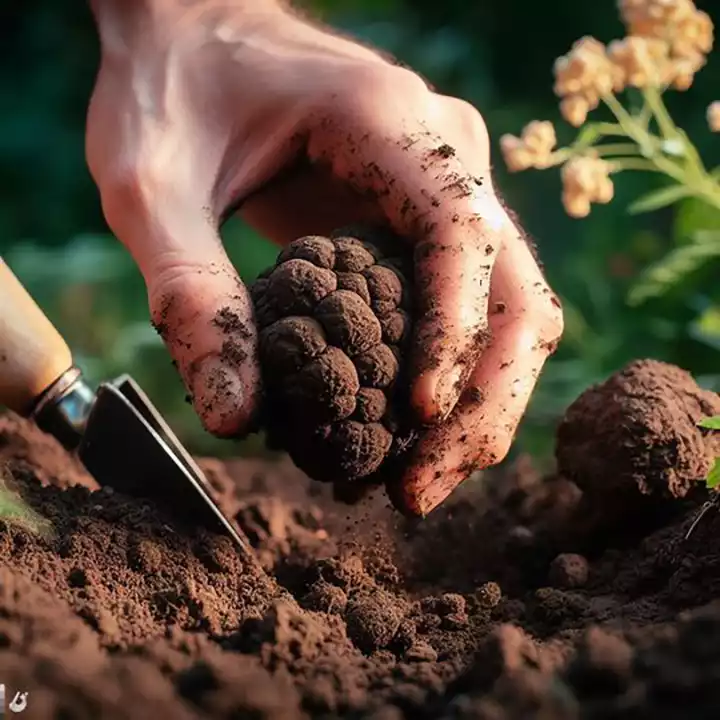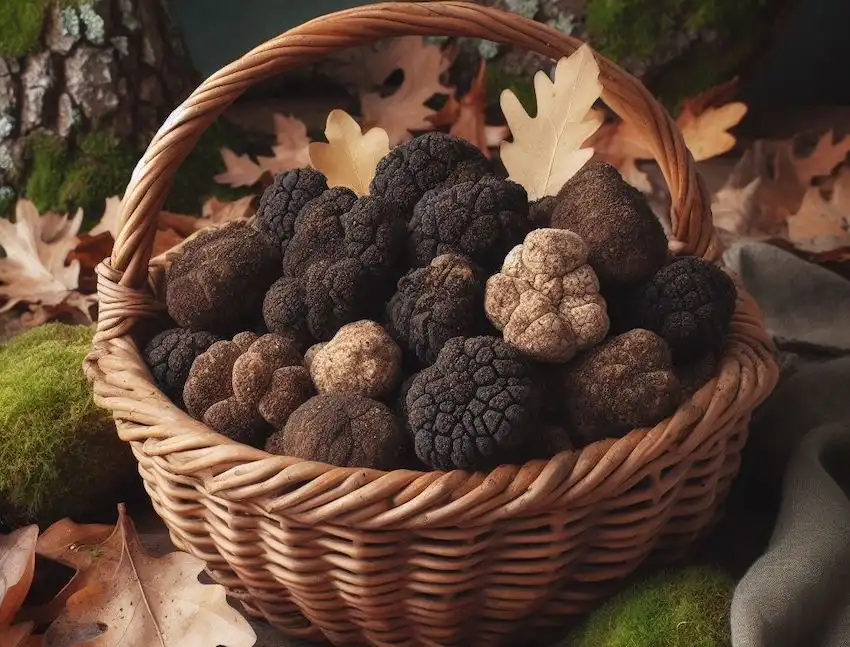7 Simple Steps to Cultivate Truffles at Home and Earn Massive Profits
Truffle cultivation is an increasingly popular and profitable agricultural venture, offering a combination of financial gain and environmental sustainability. Here’s a comprehensive guide on how to grow truffles and leverage their market potential.

Step-by-Step Guide to Growing Truffles
- Find the Right Location: Truffles require substantial land, akin to planting an orchard, but with the ‘fruits’ growing underground. Security is crucial due to the high value of truffles. In Europe, some farmers plant about 100 trees per acre to prevent diseases, while others plant up to 1,000 trees per acre to encourage fungal spread, which produces truffles.
- Prepare Your Soil: The ideal soil pH for truffles is 7.5 to 8.3. Soil testing is recommended, and if necessary, lime should be added over several years to achieve and maintain the correct pH balance.
- Plan Your Irrigation System: Truffle cultivation requires significant watering. An efficient irrigation system is crucial, as each tree needs about an inch of water per week.
- Plant and Care for the Trees: Planting trees is labor-intensive. Proper watering, soil lime maintenance, trimming, weeding, mulching, and fertilization are essential. Initially, manual weeding is necessary to prevent nutrient competition.
- Train a Dog: Dogs can be trained to sniff out truffles, which is a more efficient harvesting method than manual searching.
- Look for Signs of Truffles: Signs like ‘burnt areas’ around trees indicate the presence of truffles, which release a natural herbicide that kills surrounding weeds.
- Harvest: Harvesting begins around year 5-8. Truffles need four solid seasons to prosper, but overly frozen ground can impact their quality.

Additional Tips for Truffle Farming Success
- Verify Truffle Presence: Check for spontaneous truffle growth in neighboring territories, as adjacent areas are more productive.
- Select Suitable Truffle Types: Choose truffles based on soil conditions and perform soil analysis in specialized labs.
- Soil Tillage and Plant Selection: Remove plants from the soil without altering its ecosystem, and choose the right plants for truffle symbiosis.
- Proper Planting and Care: Plant saplings in appropriate seasons and maintain constant soil irrigation and pruning.
- Protect Your Cultivation: Use natural or technological methods to guard against wild animals like boars, which are attracted to truffles.
Market Trends and Profitability
- Growing Market: The global truffle market was valued at USD 583.9 million in 2022 and is expected to grow at a CAGR of 7.3% from 2023 to 2030. Truffles are increasingly popular in gourmet cuisine, adding unique flavors to a range of dishes.
- Nutritional Appeal: Truffles are valued for their health benefits, being rich in antioxidants and free from cholesterol. Their scarcity and unique taste, however, contribute to their high price.
- Market Segments: Fresh truffles hold the largest market share, prized for their unique aroma and flavor. Processed truffle products are also growing in popularity, offering extended shelf life and varied uses.
- Distribution Channels: Both B2C and B2B channels are significant. B2C includes farmers’ markets and online platforms, while B2B demand is fueled by the need for truffle-infused products in gourmet cuisines.
- End-Use in Food & Beverages: This segment is a major market driver, with truffles being used innovatively in culinary creations.

Conclusion
Truffle farming is a long-term investment that requires patience, skill, and appropriate resources. By understanding the cultivation process and market trends, farmers can tap into this lucrative industry. Truffles not only offer a potentially high return on investment but also contribute to ecological sustainability.
Inspired by this? Share the article with your friends!


















